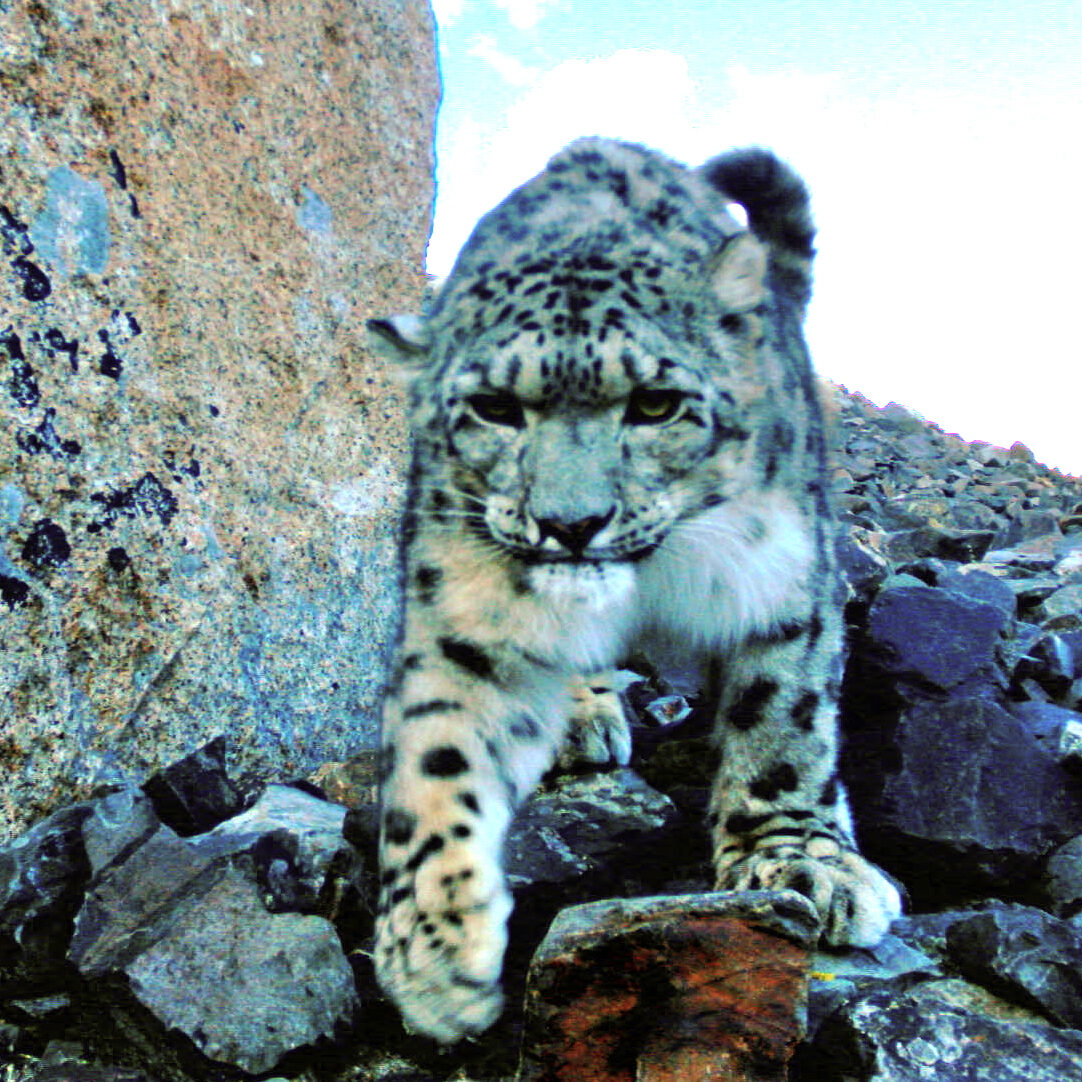Kulan (Asiatic wild ass)
The Asiatic wild ass (Equus hemionus), or kulan, are smaller and slimmer than horses, inhabiting mountain steppe, steppe, semi-desert, and desert plains. Recognized as great migrants, kulans roam tens of thousands of square kilometers annually in search of food and water and to avoid natural extreme events. This equid’s movements rank among the largest documented for terrestrial mammals on earth.
The global population, estimated at roughly 55,000 individuals, has plummeted over the last two decades. Today the most abundant subpopulation (80% of all kulans) is the Mongolian khulan (Equus hemionus hemionus), which inhabits southern Mongolia and adjacent northern China, although illegal hunting is a threat. Other subspecies are found in Turkmenistan (Turkmen kulan), Iran (onager), and India (khur).
In earlier times, the Asiatic wild ass had a much more expansive range that stretched across much of Mongolia and parts of Russia, Ukraine, Turkey, Syria, Iran, Iraq, Afghanistan, Pakistan, and India. The ungulates also extended through the Arabian Peninsula and inhabited Armenia and Azerbaijan until the 17th and 18th centuries. By the 19th century, the species’ range had declined precipitously.
The International Union for the Conservation of Nature (IUCN) Red List classifies the Asiatic wild ass as “near threatened” according to its most recent assessment (2015).









